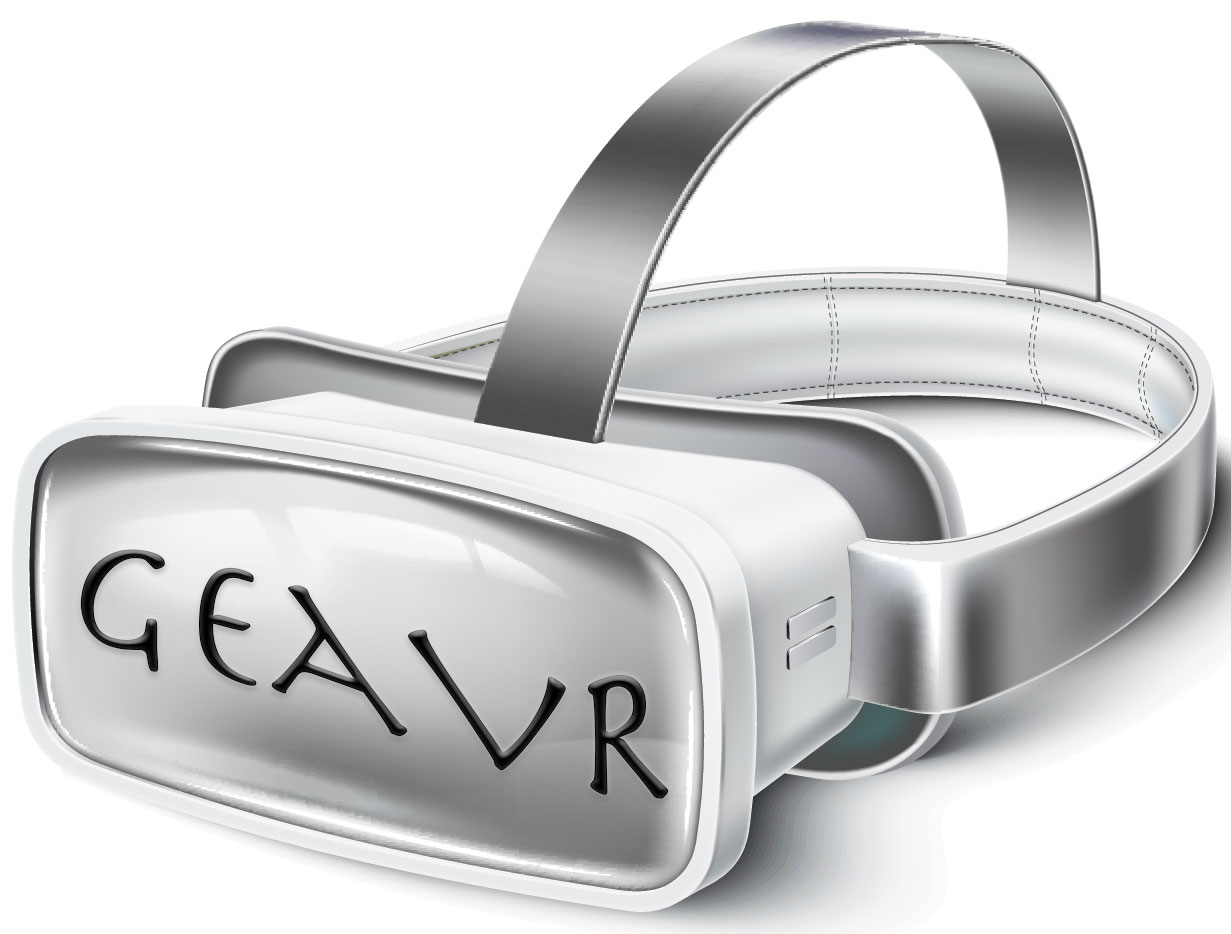This paper presents generic guidelines for constructing customised workflows exploiting game engine technologies aimed at allowing scientists to navigate and interact with their own virtual environments. We have deployed Unity which is a cross-platform game engine freely available for educational and research purposes. Our guidelines are applicable to both onshore and offshore areas (either separately or even merged together) reconstructed from a variety of input datasets such as digital terrains, bathymetric and structure from motion models, and starting from either freely available sources or ad-hoc produced datasets. The deployed datasets are characterised by a wide range of resolutions, ranging from a couple of hundreds of meters down to single centimetres. We outline realisations of workflows creating virtual scenes starting not only from digital elevation models, but also real 3D models as derived from structure from motion techniques e.g. in the form of OBJ or COLLADA. Our guidelines can be knowledge transferred to other scientific domains to support virtual reality exploration, e.g. 3D models in archaeology or digital elevation models in astroplanetary sciences.
